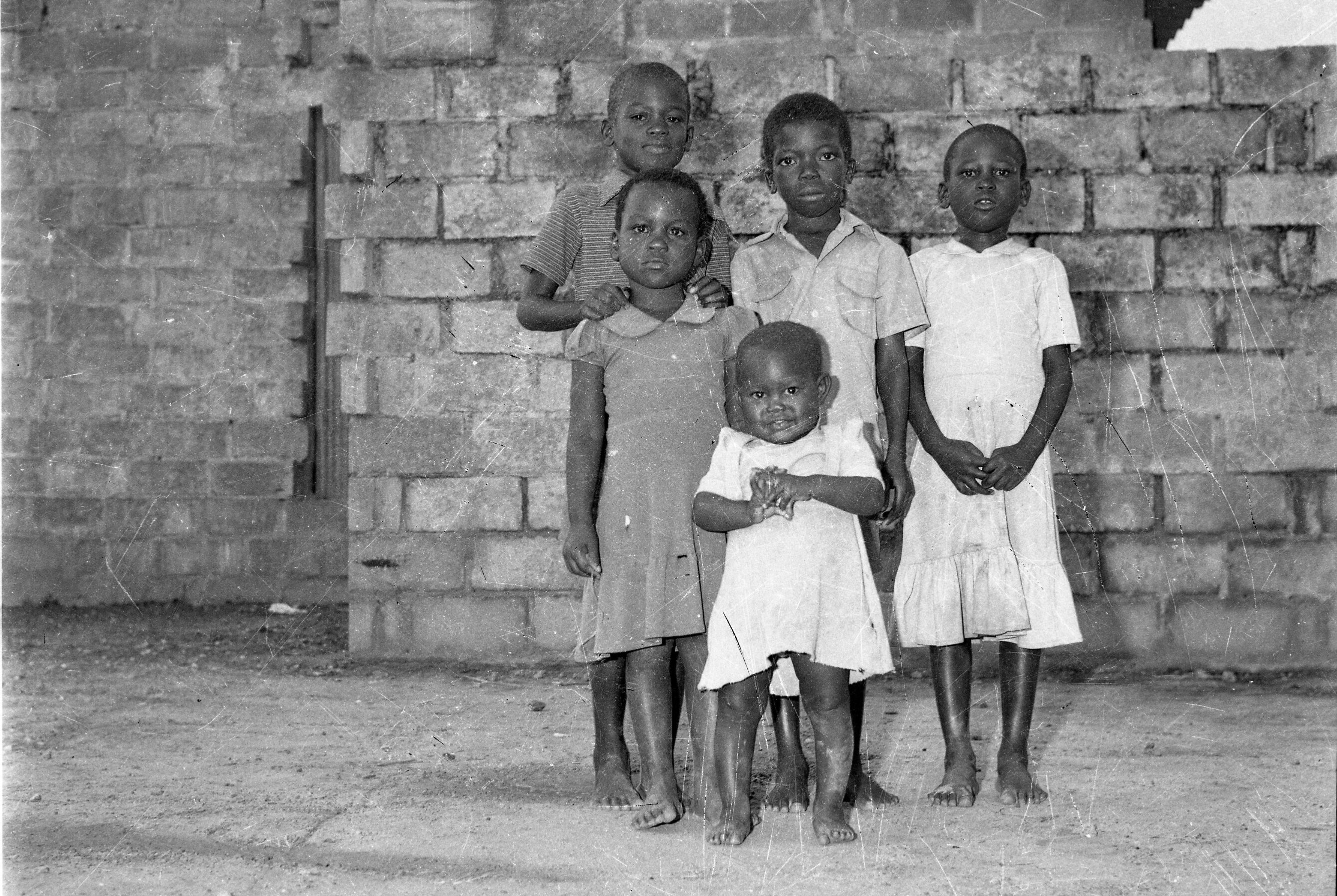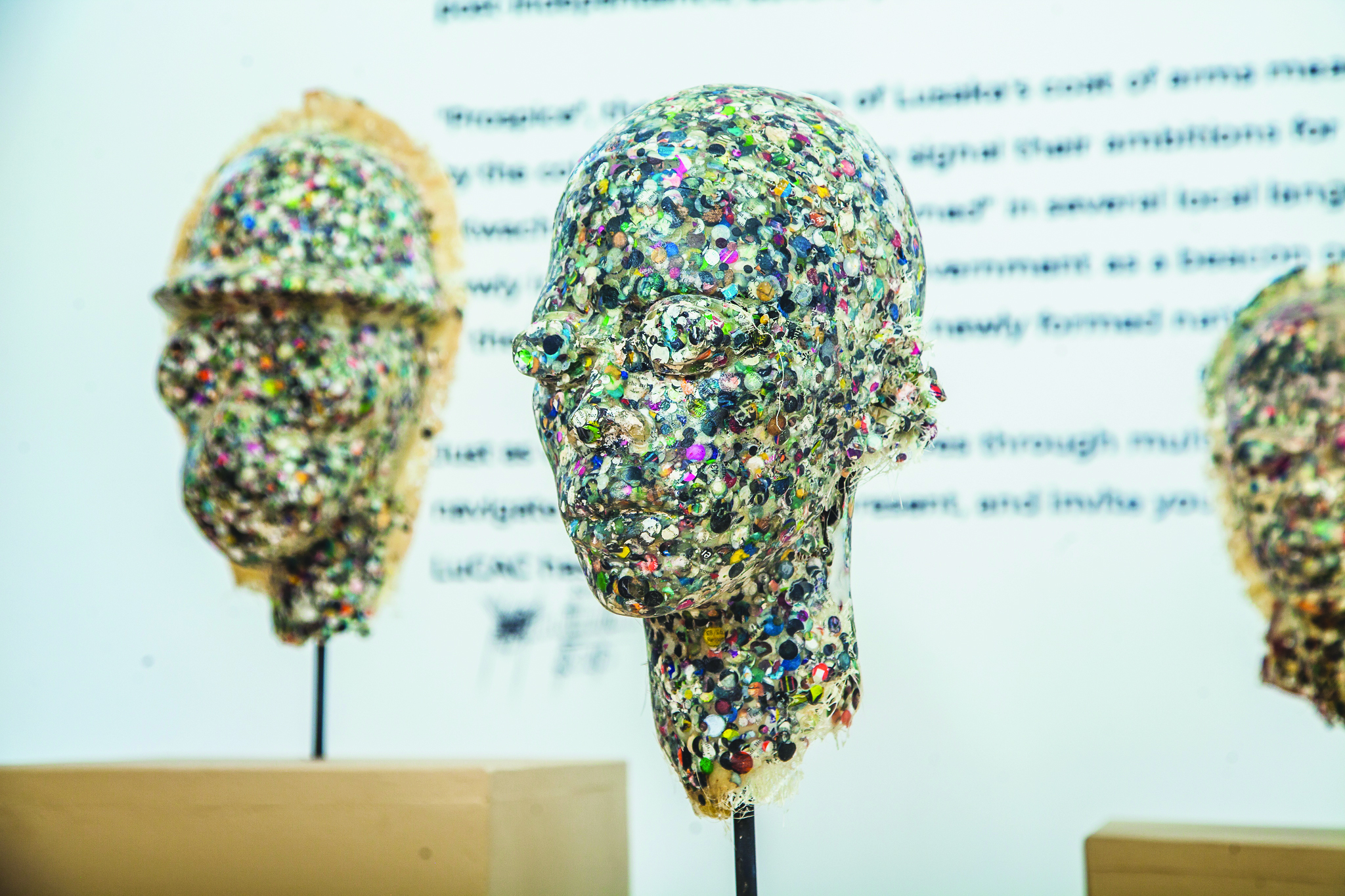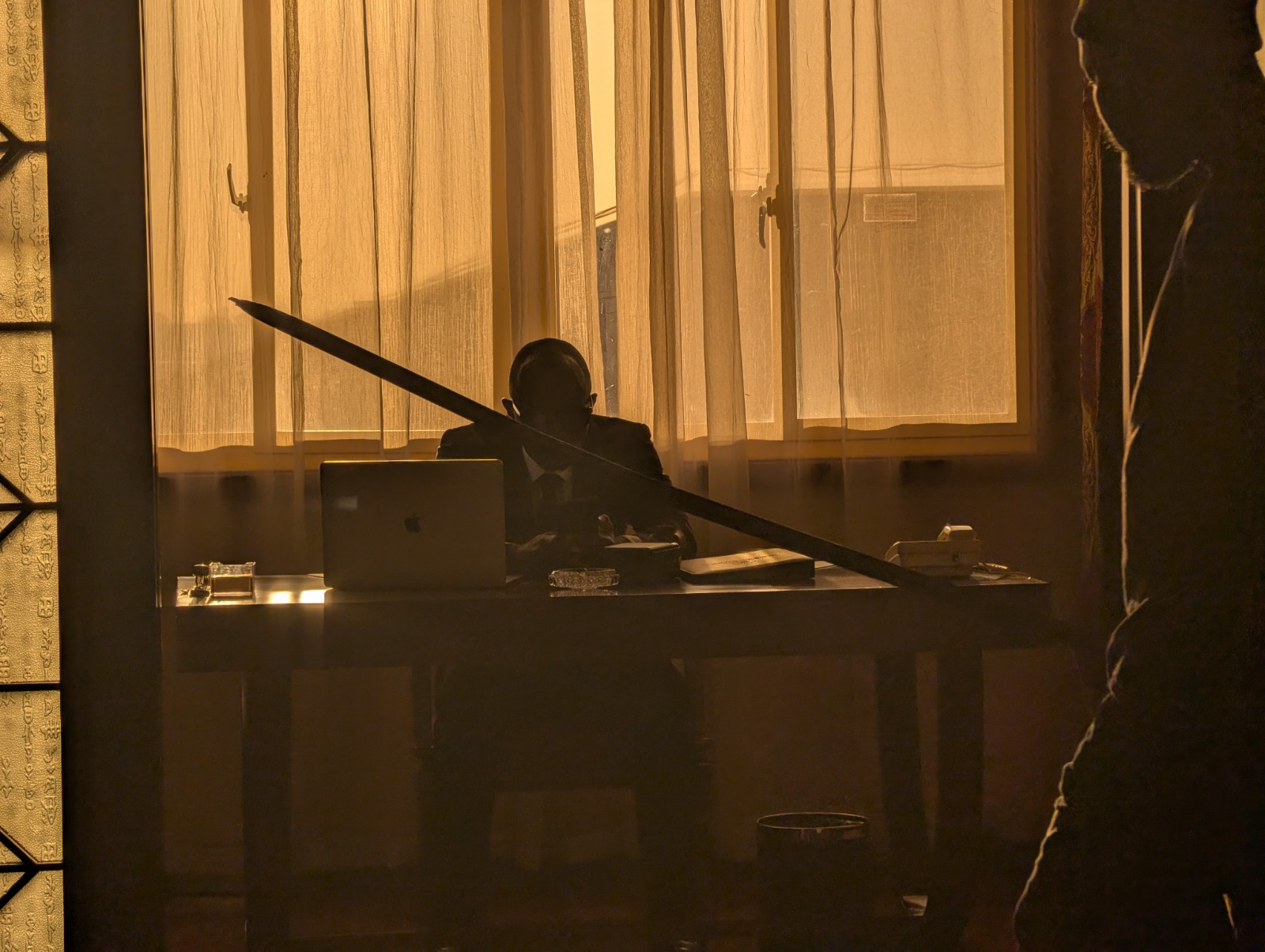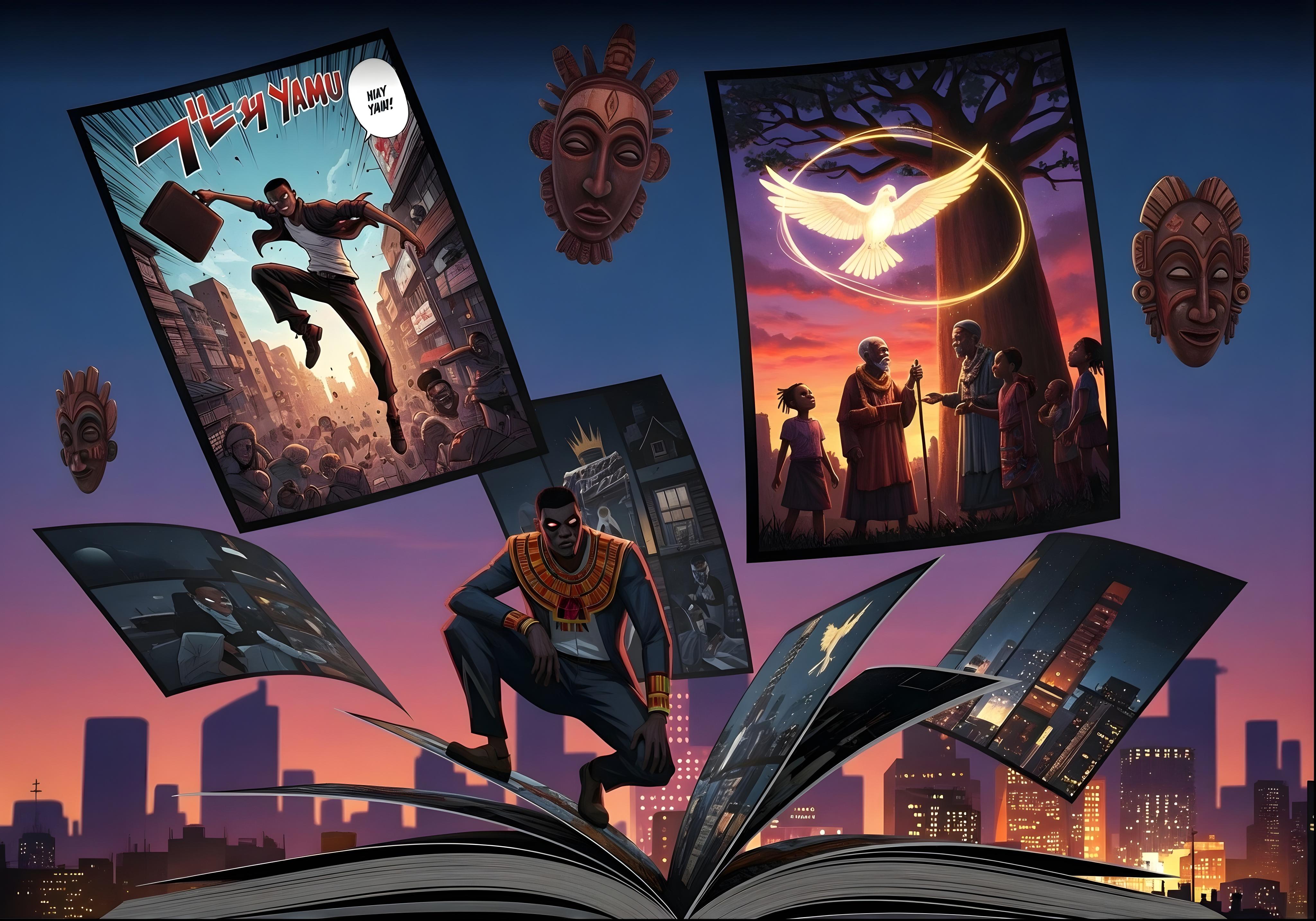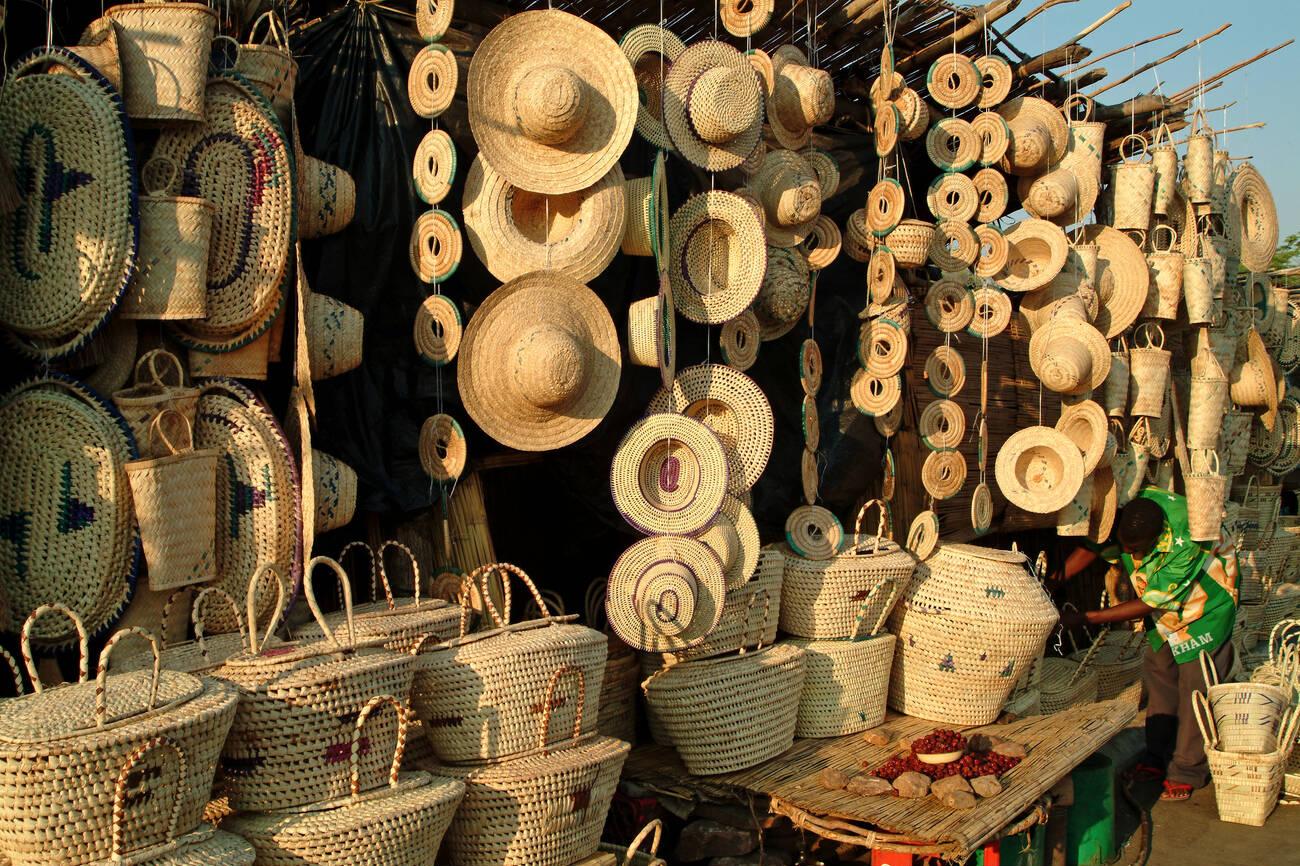Born in 1943, his work evolved from figurative scenes of township life to powerful abstracts, capturing the social and political spirit of his time. Beyond his iconic sculptures and paintings, Tayali's true legacy lies in his tireless fight to establish a platform for Zambian artists. This mission continues today through the arts council and gallery that bears his name. His story is one of determination, hard work, and an unwavering belief in the power of African art.
Henry Nkole Tayali was an artist who pioneered Zambian art culture both locally and internationally. His work earned praise from critics and educators. He left a strong impression on upcoming Zambian artists and collectors of his work.
Early Life and Beginnings of Henry Nkole Tayali
“Since I was a child, I have lived in art, and art is my life, all I know is determination and simple hard work”. Tayali’s words echo his childhood of artistic endeavour. He was born in November 1943 in Serenje district when Zambia was still known as Northern Rhodesia. He grew up in a cultural environment rich in diverse literature and then relocated with his parents to Zimbabwe, then known as Southern Rhodesia, in the late 1950s.
During these early years, a spark of artistic fire was lit inside him that followed him all the way through high school. His artworks began to be noticed by a man called Alex Lambeth, who headed the Bulawayo City Council’s African Affairs Department, and encouraged the young Tayali to pursue a career in the arts.
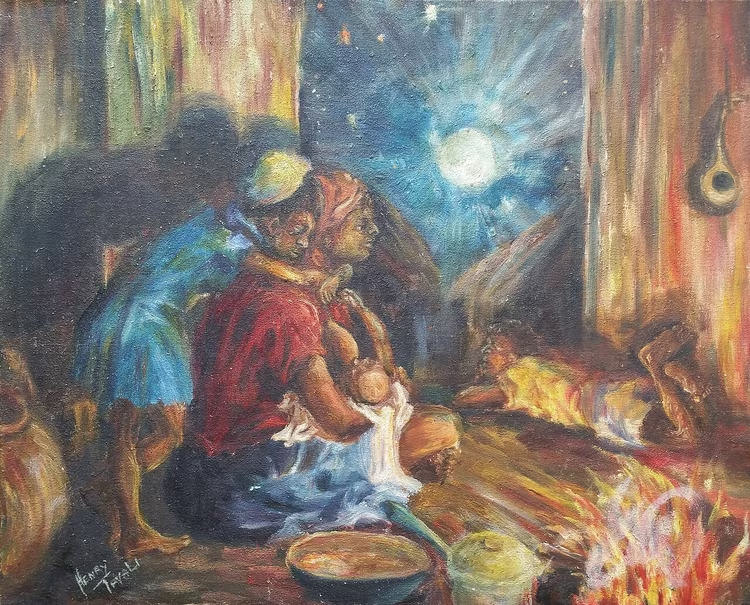
Tayali's First Exhibition
At 15, he had his first solo exhibition with his painting “Destiny.” It was the first exhibition by an African in Bulawayo. The oil painting shows expressionistic figures with a touch of realism. The smoking factories, trains, and railway tracks under construction reflect the industrial labour of the time in Southern Rhodesia. The painting’s title and its peach-coloured figures hint at a future for the workforce dominated by colonials. The artist may be suggesting that colonials would one day occupy every facet of work and play.
His canvases allowed him to communicate the social and political state of his environment at that time, and got him a first-time buyer named Tim Gibbs. He continued to win several prizes while in high school.
From Zambia to Makerere and Germany
After facing multiple barriers to education and opportunity in Southern Rhodesia, he returned to independent Zambia in 1966. He held his first exhibition in Lusaka and began joining group exhibitions with the Lusaka Art Society (LAS) at Evelyn Hone College. During these years, he mainly used watercolours and oils, creating figurative paintings that were easy to understand. They did not lean into the abstract.
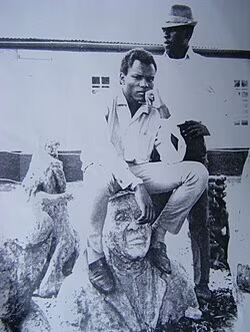
Through scholarships, he further pursued his studies abroad to complete his BA in Fine Arts degree at Makerere University in Uganda in 1967-1971 and an MA in Fine Art and research from Staatliche Kunstakademie, Germany. In these institutions, he was introduced to contemporary Western styles of art & traditions, getting exposed to a whole range of cultures and various artists who influenced his later works.
He infused this knowledge of Western art with the Zambian subject matter of townships, social life, such as Markets, bus stops, and beer halls. He started diving more into the abstract and expressionism, having the viewer recognise the subject painted by superimposing layers upon layers of brush strokes rather than actually drawing the subject realistically. The paintings ranged in size from small to large murals.
But his work was not limited to painting but printmaking, sculpture, and photography as well, taking commissions from government and locals alike. He created a catalogue of photos which he developed and recorded on slides within his dark room studio, focused on architecture, design, ceremonies, museum objects, and ritual processes.
Some of his public artworks include the famous “Bull” metal sculpture along the road to the International Airport in Lusaka and the “Graduate” concrete sculpture at the University of Zambia.
Founding the Visual Arts Council in Zambia
In the late 70s, he was appointed resident artist and lecturer at the University of Zambia (UNZA), and he also fought for the everyday man that he created in his artworks. Through workshops, conferences, discussions, international engagements, and various arts, he tirelessly worked to raise the profile of indigenous African art and crafts in Zambia, also fighting to have Fine arts established in Zambia.
He later passed away in Germany in 1987. Artists from around Zambia convened at Evelyn Hone College of Applied Arts and Sciences and formed the Zambia National Visual Arts Council (VAC) in his honour. They named the headquarters located at the showgrounds, “The Henry Tayali Art Gallery”. The Ngoma Awards, sponsored by the National Arts Council of Zambia, confer the “Henry Tayali Award” for Best Two-Dimensional Visual Artist.
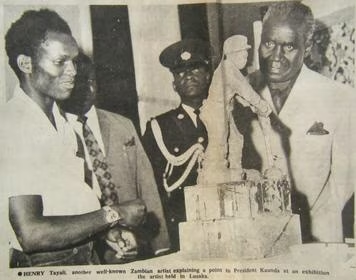
In reflection of his work and legacy, it was suggested that his work, Destiny, is a historical piece of art, and not just an eye-catcher. It was purchased back from Tim Gibbs, and the painting was exhibited at the Africa Centre in London in 1989. It was seen there for the first time by members of the Lechwe Trust and returned to Zambia.
Art reflects the voice and lives of the people. Henry Tayali lived that by carving it in his works and fighting for younger artists in Zambia to have a platform where their voices can be heard, like he himself said, “… all I know is determination and simple hard work”.

